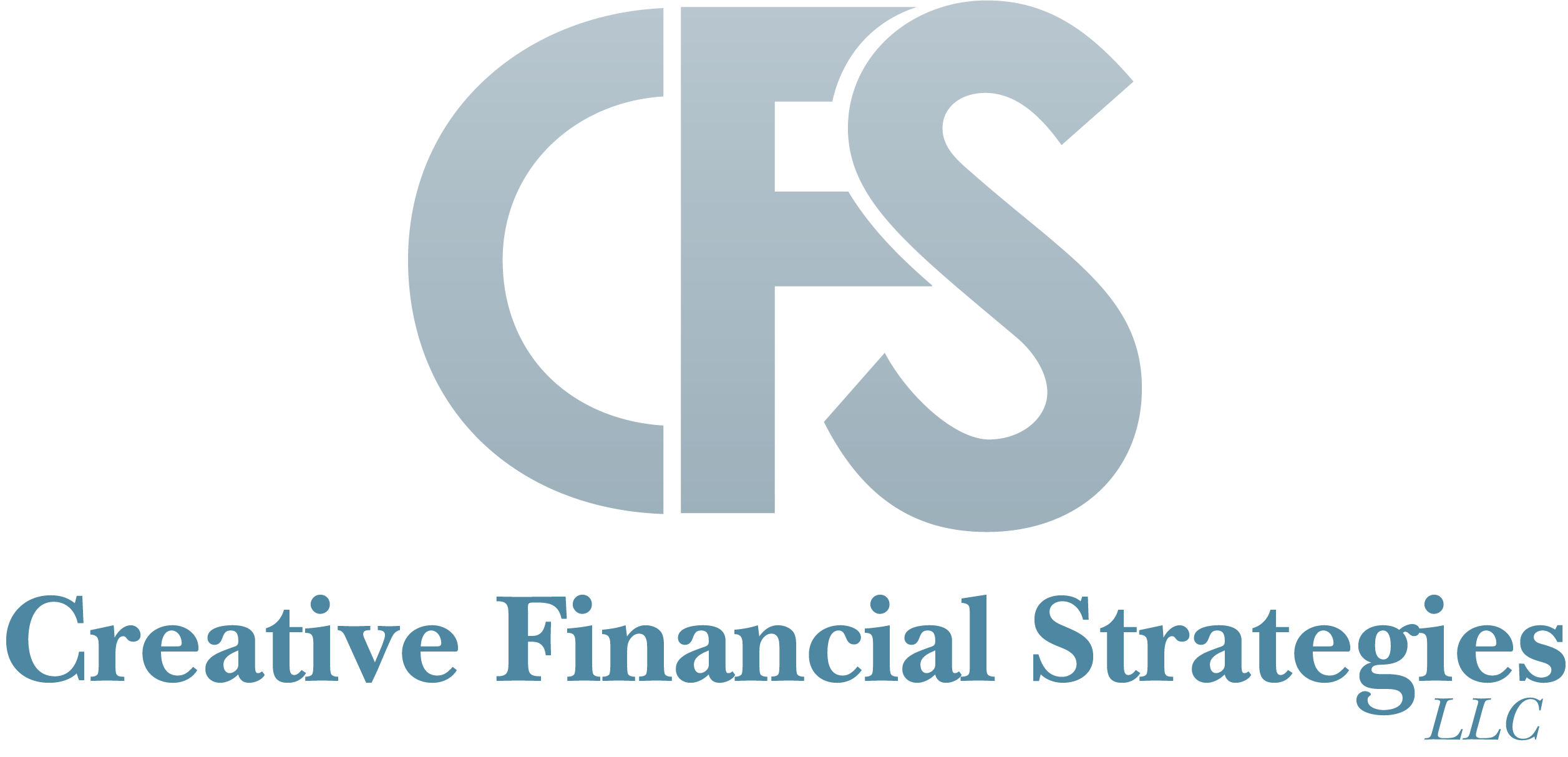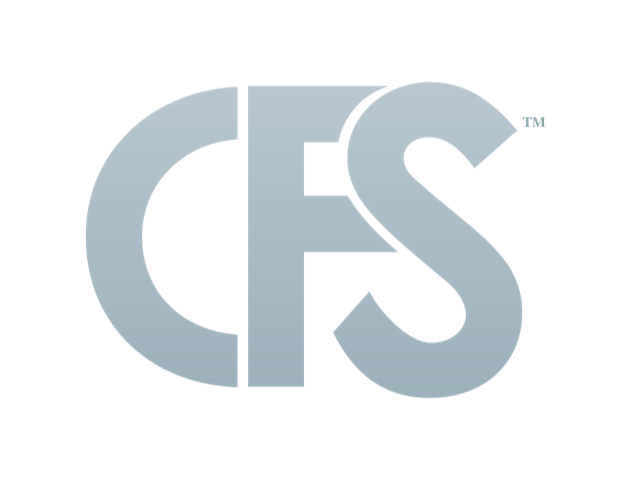An Emergency Fund Checklist
An emergency fund is simply money you’ve set aside for life’s unexpected events. No one wants to be caught off guard and ill-prepared so let’s beef up your emergency fund:
Is my emergency fund big enough?
- A good rule of thumb is this: The more stable your income and household are, the less you need in your emergency fund.
- You’re single or a one-income family, you suffer from a chronic medical condition requiring consistent doctor visits, or you’re self-employed = You should have a six-month backup.
- You’re a double-income household, and you’ve had a steady income for several years = You can rely on a three-month stash.
Am I building my fund correctly?
- I have a budget, and I live by it. This works when you’re acutely aware of your monthly income and expenses.
- I consistently put away a portion of my income. Even a small contribution is a valuable one.
- I review my financial situation and stash away more when possible. If your budget allows, contribute more to your cash savings.
Are there ways I can quickly increase my balance?
- Sell, sell, sell. We all acquire things we no longer need, and it’s common just to set them aside. Now it’s time to make them work for you.
- Work, work, work. You may be at or beyond retirement, but even a side gig or a few hours helping neighbors by walking dogs and babysitting can bring in extra cash fast.
- Change, change, change. Over time our lifestyle can get out of control—where we were once good at pinching pennies—we now tend to splurge. Look at your bank statements and make some lifestyle changes that puts some money in the bank.
Adapted from Ramsey Solutions1


